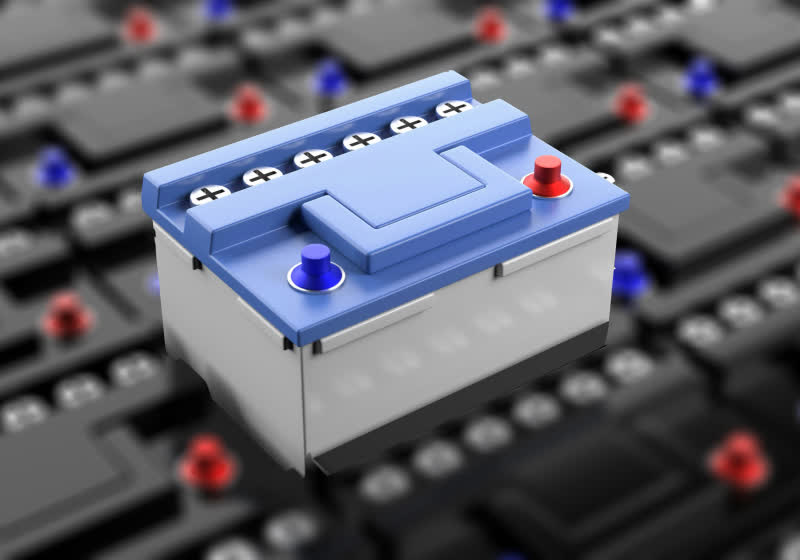The PS5 Pro is an expensive machine at $699. Imagine a world where it costs $1,100. Those kinds of prices on consumer electronics may soon be a reality thanks to incoming President Donald Trump and his proposed tariff plans.
Trump will soon be President and he believes that tariff “is the most beautiful word in the dictionary.” As one of his first official acts, Trump is expected to levy tariffs on imports to the U.S. and a massive tariff on goods from China. The vast majority of electronics America consumes are made in China. When a tariff happens, the price of everything gamers love will rise. And more than we first thought.
The Consumer Technology Association took time out of its busy week running CES to publish a new report on Trump’s tariffs and what effect it thinks it’ll have on the price of electronics. It’s a grim study into a worst-case scenario, but it’s also based on the policy proposals floating around D.C. right now.
The new CTA report goes into greater depth on what Trump is expected to do and how it might change the electronics market. There are two proposals floating around D.C. right now. The first is a blanket tariff ring of 10% percent and an additional flat tariff of 60% on all imports from China, what the CTA calls the “10%/70% Scenario.” The second is more harsh. The ring would be 20% on all imports and an additional 100% on anything from China. This horrifying world is the “20%/120% Scenario.”
The goal is to punish China and incentivize companies to move manufacturing into the U.S. to avoid heavy tariff costs. In reality, companies will pass the costs onto the consumer. Manufacturing and supply chains are complicated. Everything needed to produce a PS5 Pro can’t be built overnight. It will take decades of construction and change for companies to move their manufacturing out of China. In the meantime, Americans will pay the costs to offset the heavy tariff prices.
There are early reports that companies like Microsoft, HP, and Dell are stockpiling electronic components and pushing manufacturing outside of China in anticipation of the Trump presidency. NVIDIA and AMD, which just announced new GPUs, are rushing to ship as many of them to the U.S. as possible before Trump takes office on January 20. The RTX 5090 is already a $2,000 graphics card. That price could rise as much as 40% percent, up to $2,500, if some of Trump’s proposed tariffs take hold.
“The proposals would raise the average U.S. tariff on imports from all countries, excluding China, from about 1% to 21%, and on imports from China from 11% to 131%, assuming current levels and patterns of trade,” the CTA report said.
The report runs through a list of the big consumer electronic items, including laptops, game consoles, headphones, and smartphones, and runs the numbers on what the two different scenarios would do to prices. “The proposed tariffs on these ten products alone would reduce American consumers’ spending power by $90 billion to $143 billion a year,” the report said.
Laptops and video game consoles would be hit hardest because China is the major supplier for both and there aren’t a lot of alternatives. “For example, in 2023, China accounted for 87% of U.S. video game console imports, 78% of U.S. smartphone imports, 79% of U.S. laptop and tablet imports, and two-thirds of U.S. imports of monitors,” the report said.
During his previous administration, tech lobbyists convinced Trump to give them an exemption on tariffs on electronics. It’s hard to know if they’ll be able to pull off the same feat this time, but the news that AMD and NVIDIA are stockpiling GPUs, and the fact that major tech companies are already shifting manufacturing abroad is a grim portent.
For the CTA, this is all a U.S. government play to boost its revenue. One that’ll cost consumers big time. “At their core, these proposals are tools for the U.S. government to grab as much tax revenue as possible from the American people. We have seen this movie before and know the ending. The proposed tariffs will not create more employment or manufacturing in the U.S. In fact, the opposite may happen where our productivity decreases and jobs may be lost over time when workers and businesses have less affordable access to technology,” Gary Shapiro, CEO of the CTA, and Ed Bryztwa, VP of international trade at the CTA, said in the report.
Trump spent a lot of taxpayer money during his presidency and grew the national debt by $8 trillion. He also cut taxes on high-income earners. Harsh tariffs, which will hit gamers hard, will be one way for his presidency to raise revenues for itself without passing harsher tax laws.








 English (US) ·
English (US) ·